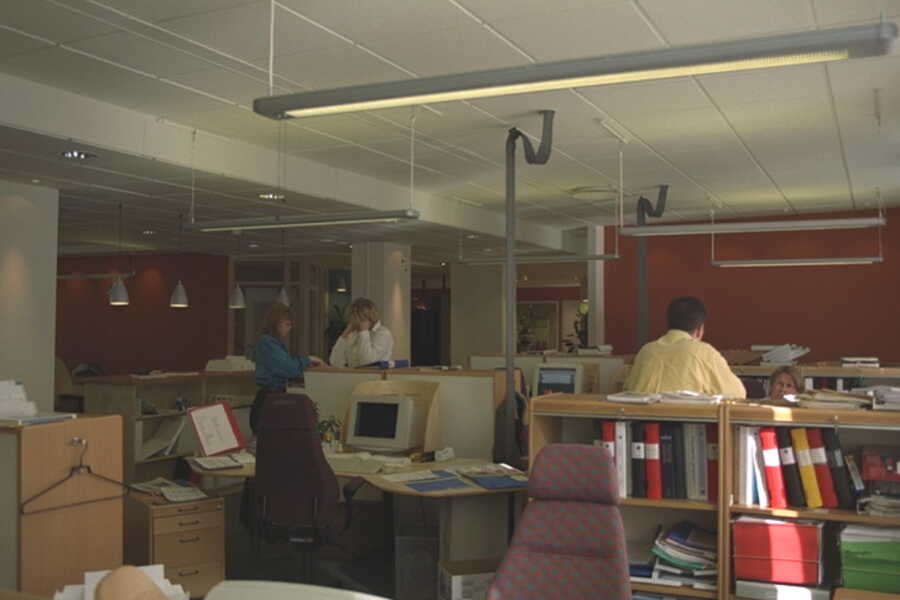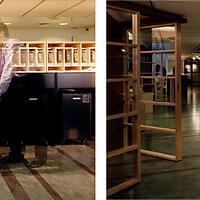To observe this development, I provide a brief account of the history of workplace design, which also contextualizes my own experience as an architectural designer. With reference to sources in knowledge management and space syntax theory, I will then identify a number of design frictions that may inhibit knowledge sharing in work and learning environments. In recent years, a paradigm shift in terms of work can be noted, and I briefly address the potential to reform workplace design and discourse, in support of collaborative work practices, where knowledge sharing is a crucial concern. The Xerox PARC media space is compared to examples from workplace design in the 1990s, which similarly attempted to facilitate knowledge sharing, communication and interaction. Aiming to address the potential effect of presence design on workplace design, I conclude by discussing two possible scenarios.
The development of the office followed the needs to administer the sixteenth-century European feudal society, and for which clerks and scriveners were needed to register taxes and goods. An early example of the prevailing cellular office model is the Palazzo degli Uffizi, in Florence (ca. 1560), designed by Giorgio Vasari as an annex to the Palazzo Vecchio. Its Swedish equivalent was the central administration of King Gustav Vasa, who allocated a tax office for about thirty office workers, mentioned in a document as early as 1543 (Swedlund et al. 1969: 17).
However, considering recent developments triggered by the process of digital dematerialization, it is safe to suggest that a paradigm shift has taken place in a very short space of time.[22] Just fifteen to 20 years ago, the office was, in practical terms, the only place where one could perform one’s work tasks. Computers and telephones were attached to sockets in specific locations and neither computer networks nor the Internet was adequately in place to enable an individual to move work from one location to another, even inside the office (Figs. 15, 16). Not only have work patterns changed, but also the philosophy and culture of organization and workplace (Becker 2004). Mobility of data, in the early 1990s, was still defined by floppy discs—flat precursors to USB memory sticks—making it possible to temporarily move documents from a computer in the office to work elsewhere. However, one could always expect that a colleague, who had left, would reappear at the office soon again. Presence in person could be taken for granted; it was the norm.
------------------------------
Note 22: See e.g. Castells et al. (2007); Tuner and Myerson (1999); Donald (2001); Koprowski (2000)



